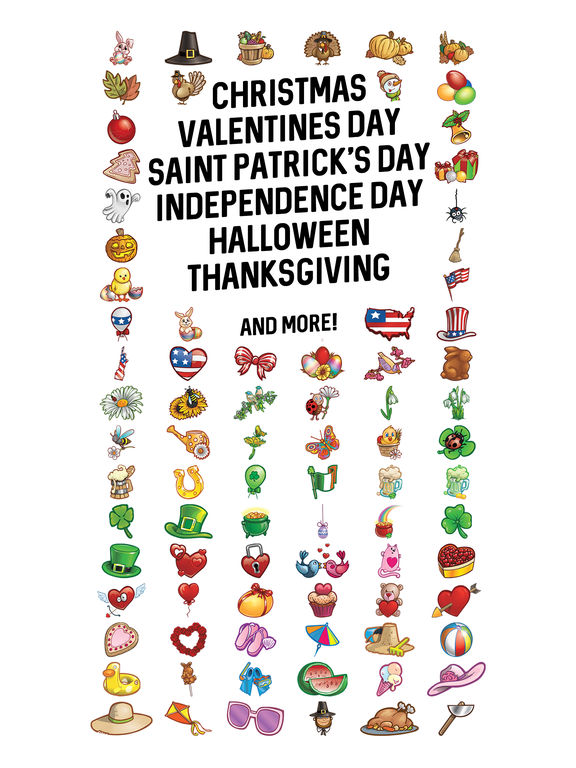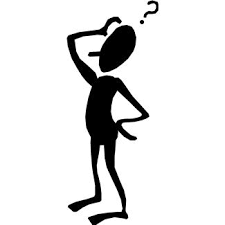If I had to summarize my outlook on life, I would have to say Alexander Pope’s “An Essay On Man” depicted it best when he wrote, “Hope springs eternal in the human breast.” Various interpretations characterize his words: “People will always be optimistic and think something better is coming.” That certainly describes me!
I’ve often thought, “Is it the child in me who wants to see life through rose-colored glasses, or is it my desire to see the best in people and what life offers?” I sense I’m not the only one as I find many who I meet are on the same path as me, looking for those little nuggets along our life’s journey that bring us joy. When you think about it, every month of the year has that little “treat” we refer to as a holiday we celebrate with great anticipation. However, when you look into the history of many of these holidays, their origins are vastly different than how we celebrate them today. We have molded them into a day that makes us feel good and gives us that renewed “optimism.” Think about it. January starts our new year, a clean slate, if you will. Some people look at it as a start of a better year than the previous one. New resolutions are made, and who cares if they are broken a few weeks later, we feel like we got a fresh start. February brings us Valentine’s Day, and who would think we somehow could turn a day honoring 2 Christian martyrs into a romantic day for lovers. March amazes me as St. Patrick would never have deemed people from all walks of life and races would claim their Irish heritage and celebrate it until all hours of the night. Somewhere along the way, the fact that it was to celebrate the arrival of Christianity into Ireland got lost between the corned beef, Irish soda bread, and another round of beer. May brings us spring flowers, Cinco de Mayo, and a day to honor our Mothers. While I understood the significance of Mother’s Day and spring flowers, can someone explain how a kid from New York interprets a day when Mexico celebrates its victory over the French Empire in The Battle of Puebla, known as Cinco de Mayo,” as one he should commemerate as well? June was one of my favorite months as it was not only the month of my birthday but Father’s Day and the start of another great summer. Soon to follow was the 4th of July, and all we could think of were those great summertime barbeques and firework displays and not so much as those who gave of themselves fighting for our independence. While August didn’t have any particular holiday we looked forward to, it was the last month of a summer that was in full swing. Then came Labor Day, and once again, we somehow interpreted this day that originated as an observance of the labor unions contributions to the U.S. economy, as almost a weekend of rest and one final celebration before heading back to the drudgery of another school year. If you were like me, I bet you couldn’t wait for Halloween to arrive, and whoever would have thought we could have turned a day of observance for the deceased, martyrs, and saints into a night of ghoulish activities, costumes, and shopping bags full of candy! November brought Thanksgiving, which not only was the beginning of the holiday season but seemed to make us a bit more appreciative of the things for which to be grateful. There was a desire to savor the day in the company of family and friends, and it was perhaps one of the few holidays that genuinely made us reflect on the significance of that day. Then came Christmas for those of the Christian faith, and like most kids, it was a day we looked forward to since the end of summer. While it was supposed to signify the birth of Jesus Christ and God’s plan to bring salvation to the world, somehow, our focus was more about the gifts we showered on each other, and the Christ child in a manger got hidden behind that new bicycle and the mountain of toys.
Then came Labor Day, and once again, we somehow interpreted this day that originated as an observance of the labor unions contributions to the U.S. economy, as almost a weekend of rest and one final celebration before heading back to the drudgery of another school year. If you were like me, I bet you couldn’t wait for Halloween to arrive, and whoever would have thought we could have turned a day of observance for the deceased, martyrs, and saints into a night of ghoulish activities, costumes, and shopping bags full of candy! November brought Thanksgiving, which not only was the beginning of the holiday season but seemed to make us a bit more appreciative of the things for which to be grateful. There was a desire to savor the day in the company of family and friends, and it was perhaps one of the few holidays that genuinely made us reflect on the significance of that day. Then came Christmas for those of the Christian faith, and like most kids, it was a day we looked forward to since the end of summer. While it was supposed to signify the birth of Jesus Christ and God’s plan to bring salvation to the world, somehow, our focus was more about the gifts we showered on each other, and the Christ child in a manger got hidden behind that new bicycle and the mountain of toys.
 I bet you think I forgot about April, didn’t you? For many, it represents the month that “God giveth and the taxman taketh away.” Perhaps Easter is God’s way of helping us endure that pain; however, Easter represents much more to me. The beginning of spring was starting to bloom. The air seemed fresher, and everything seemed to come back to life. As a child, my early recollections were of an Easter Bunny delivering a brightly colored basket full of jelly beans, a chocolate cross and rabbit, and a stuffed baby duckling, all nestled on a bed of colored cellophane grass. But, of course, no Easter would be complete without the dying of eggs and the Easter egg hunt that soon followed. As I got older, I thought, what sense did all of this make. Easter is supposed to be a celebration of the risen Christ and the hope of many for eternal life, and somehow we have a rabbit delivering colored eggs and candy. Did someone tell the rabbit he walked onto the wrong movie set?
I bet you think I forgot about April, didn’t you? For many, it represents the month that “God giveth and the taxman taketh away.” Perhaps Easter is God’s way of helping us endure that pain; however, Easter represents much more to me. The beginning of spring was starting to bloom. The air seemed fresher, and everything seemed to come back to life. As a child, my early recollections were of an Easter Bunny delivering a brightly colored basket full of jelly beans, a chocolate cross and rabbit, and a stuffed baby duckling, all nestled on a bed of colored cellophane grass. But, of course, no Easter would be complete without the dying of eggs and the Easter egg hunt that soon followed. As I got older, I thought, what sense did all of this make. Easter is supposed to be a celebration of the risen Christ and the hope of many for eternal life, and somehow we have a rabbit delivering colored eggs and candy. Did someone tell the rabbit he walked onto the wrong movie set?
I was relieved to find, according to Time, this “egg-laying hare” stems from a pagan tradition known as the Festival of Eostre, which honored the goddess of fertility and spring. It is said the goddess’s animal symbol was the rabbit, which stood for high fertility and reproduction rates. If you live in my community you will see first-hand the rabbits have successfully continued this time-honored tradition! However, in the 1700’s, German Immigrants coming to Pennsylvania brought this tradition of “Osterhase” or “Oschter Haws,” an egg-laying hare that would lay colorful eggs and give them to good children. I can’t tell you my relief as I must have been one of the good ones, or of mistaken identity, as I always awakened to a big Easter basket full of every sugar-filled treat known to man!
 While most people would like to talk about themselves, Gary and Gail have always put their clients first, and their diverse backgrounds have provided their clients an unparalleled level of service and knowledge throughout the past years.
While most people would like to talk about themselves, Gary and Gail have always put their clients first, and their diverse backgrounds have provided their clients an unparalleled level of service and knowledge throughout the past years.